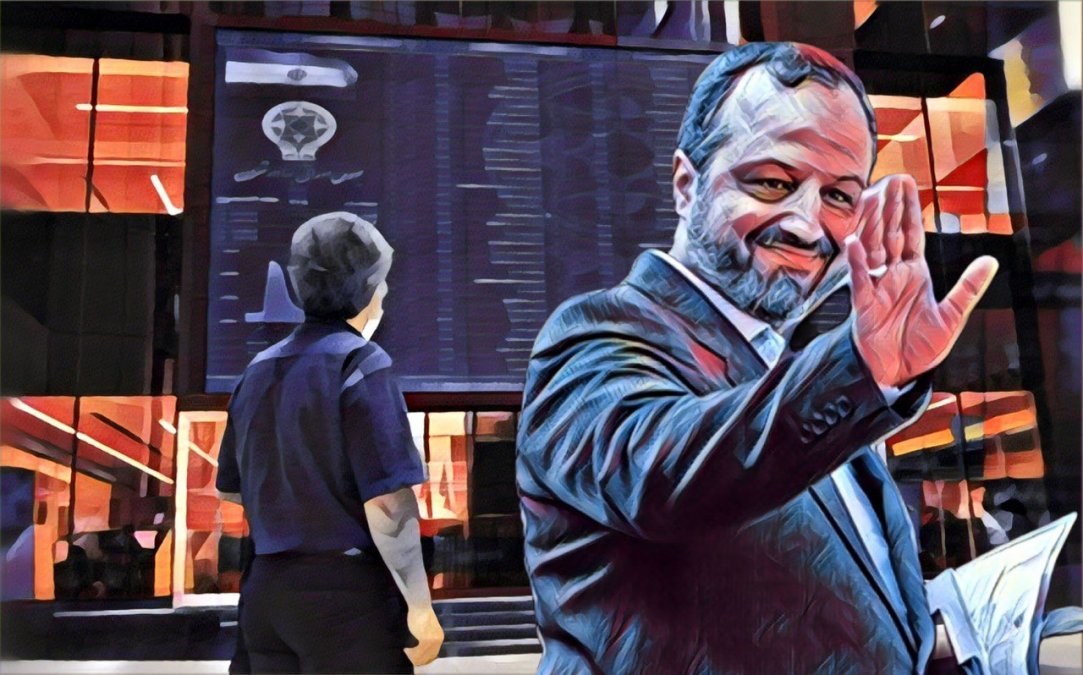The Government Seeks to Cover Up Major Corruption in the Stock Market
The government seeks to cover up major corruption in the stock market. According to Iran Gate, after the disclosure of the letter regarding the resolution of May 7th about increasing the price of petrochemical feed and its non-disclosure by the Ministry of Economy, real shareholders’ criticism has intensified. This is while it was expected that Khandouzi would either resign or be attacked by the parliament, but the government’s and parliament’s response to this unprecedented disaster has been very interesting, as if nothing has happened and there is no corruption.
The familiar term ‘Petrochemical Gate’ was first introduced by Iran Gate in the media regarding the corruption case of the Shamkhani family and the underground export of Iranian petrochemical products to other countries. However, now another case has opened, which the domestic media refer to as Petrochemical Gate 2.
This disaster, unprecedented in the history of the Tehran Stock Exchange and the petrochemical industry, has caused hundreds of thousands of small shareholders in the stock market to incur losses. These shareholders are not professional traders or brokers but ordinary people who sought refuge in this market in 2020 out of fear of inflation. However, the government’s concealment of timely disclosure of resolutions has led thousands of small shareholders to lose part of their investment in the Tehran Stock Exchange over the past two months, and tens of thousands of billions of tomans have been distributed as rent among a few institutional shareholders who had this informational advantage.
Whitewashing a Disaster
As mentioned, the failure to disclose the resolution on increasing the price of petrochemical feed on time has created a significant informational rent for some institutional shareholders. Estimates suggest that several tens of thousands of billions of tomans have been moved in this case. However, the government’s recent efforts to bury this case have been quite evident, raising the voices of experts.
In recent days, Ehsan Khandouzi has announced the government’s efforts to amend this resolution and reduce the feed price from 7,000 tomans. Reports also indicate that the Securities and Exchange Organization has promised to change this resolution, aiming to obscure the reality. This is while the issue of increasing the feed price and the damage it causes to the petrochemical industry is secondary and not the main issue.
Therefore, it is said that the government is trying to divert public attention from the events that occurred by changing the narrative. The approach of the parliament members also confirms this point, indicating that apparently, no one intends to take action to follow up on this major corruption case in the Tehran Stock Exchange.
Where is the Revolutionary Parliament?
Last Tuesday, a letter from the Parliament’s Economic Commission was published, objecting to the increase in the feed price. This letter, published by Mojtaba Tavangar, a representative of Tehran in the Revolutionary Parliament, aligns with the policy adopted by Ebrahim Raisi’s government to bury the stock market corruption case.
This is while the parliament is obliged to follow up on this unprecedented disaster in the Tehran Stock Exchange and, in the second stage, address the issue of increasing petrochemical feed prices and the damage caused by this decision to target industries.
However, Majid Eshqi, the head of the Securities and Exchange Organization, has recently promised to identify trading codes that showed unusual movements in the days before and during mid-May. He has emphasized that the Securities and Exchange Organization will deal with any misuse of insider information in the Tehran Stock Exchange and actions have been taken in this regard.
But we all know that the stock market is a transparent market, and tracking unusual and suspicious trades is a very simple task that can identify a specific pattern in less than half a day. Therefore, it is said that there is no need for speeches and promises from Eshqi, as identifying and achieving the pattern of misuse of this insider information is very simple.
Corruption at the Heart of an Anti-Corruption Government
The case of the failure to disclose the resolution on increasing the feed price on time is a clear example of corruption within the executive branch. This is while Ebrahim Raisi claimed during the 2020 elections that he came to fight corruption. If we overlook the fact that the judiciary is responsible for combating corruption and there was no need for him to be at the head of the executive branch.
Nevertheless, he came to power with an anti-corruption slogan, and now it must be seen whether the approach he takes in the stock market corruption case will continue to cover up or whether he will deal with the offenders, who are also prominently present in his cabinet.
English
View this article in English

